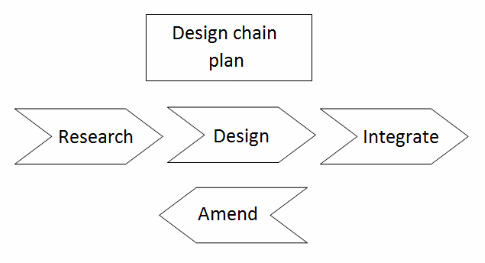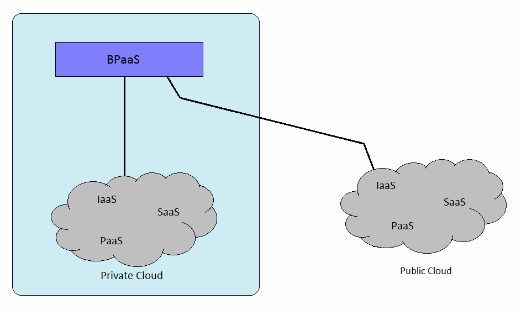Using cloud computing, we can access various business and consumer applications as tools or utilities over the internet.
It allows us to create, modify and customize the business applications online.
Cloud computing can be broadly classified into the following two models:
1. Deployment Model
This model define the access type of clouds. In other words, this defines where exactly the cloud is located, and its access restrictions.
- Public cloud
- Private cloud
- Community cloud
- Hybrid cloud
On a related note, for personal free cloud storage, check this: Top 10 Best Free Online Cloud Storage Providers for Personal Files
2. Service Models
The following are different service models available:
- Infrastructure as a service (IaaS): IaaS like Amazon Web Services provides virtual server instance to start, stop, and access and modify their virtual servers and storage.
- Platform as a service (PaaS): PaaS provides the runtime environment for applications, development & deployment tools, etc.
- Software as a service(SaaS): SaaS model allows to use software applications as a service to clients.
More details on service models: What is Cloud Computing? Introduction to Cloud Service Models
Introduction to Business Process Model
1. SCOR – Supply Chain Operations Reference
This model is developed and maintained by the supply chain council (SCC). The SCOR model is reference models that can be used improve supply chain operations. SCOR provide a basic process modeling tool, an extensive benchmark database, and defines a set of supply chain metrics to a company.
The software ARENA is a tool that can be used for simulation modeling in various applications. An integration of SCOR and ARENA provides the supply chain analyst with a comprehensive and dynamic tool.
SCOR is used to study the static operations of a supply chain. There is also a need to study the dynamic effects e.g. changes in production rate, poor quality in raw materials.

2. DCOR – Design-Chain Operations Reference-model
This is a tool for design-chain management. DCOR enables users to address, improve and communicate design-chain management practices within interested parties. It describes product development and research but does not describe sales and marketing (demand generation) and post-delivery customer support.
Like SCOR, the DCOR model is organized around five primary management processes: Plan (Design Chain), Research, Design, Integrate and Amend.

3. ITIL – Information Technology Infrastructure Library
This concept is the most widely used for IT Service Management because it is scalable. ITIL provides a practical framework for identifying, planning, delivering and supporting IT services to the organization.
ITIL version 3 have five important volumes:
- Service Strategy
- Service Design
- Service Transition
- Service Operations
- Continual Service Improvement
BPaaS – Business Process as a Service
BPaaS is business over cloud. Lot of companies deliver their services over the internet using cloud computing from different companies like Amazon, Google, IBM etc.
BPaaS is a business process which delivers a service through cloud solutions. With BPaaS one or more business processes are uploaded together to a cloud service that performs simultaneously and BPaaS monitors them.
Along with providing economic profit and ease using of service, BPaaS provide an additional features like service testing. In this feature user can test various services before integrating that services in business process or there is also an option for replacing service from an existing services.
Every business consist of infrastructure, software, platform, products, etc.
So, BPaaS includes IaaS, Paas and SaaS.
BPaaS is an type of process which delivery based on cloud service models. These cloud services include Software as a Service (SaaS), Platform as a Service (PaaS), and Infrastructure as a Service (IaaS); are therefore dependent on related services. The BPaaS comes on top of the cloud services: SaaS, PaaS, and IaaS as shown below.

BPaaS has the following advantages:
- Decreased costs from not buying and maintaining servers
- Increased mobility by accessing the service from any location, which allows business to grow and expand faster.
- Reliable security
- Easy to scale as the business expands






 My name is Ramesh Natarajan. I will be posting instruction guides, how-to, troubleshooting tips and tricks on Linux, database, hardware, security and web. My focus is to write articles that will either teach you or help you resolve a problem. Read more about
My name is Ramesh Natarajan. I will be posting instruction guides, how-to, troubleshooting tips and tricks on Linux, database, hardware, security and web. My focus is to write articles that will either teach you or help you resolve a problem. Read more about
Comments on this entry are closed.
Cloud solutions!
Interesting, due to the fact that we have all seen things that have happened, I will still stay with may previous statement!
Have Nice DAy
What about the Community cloud and Hybrid cloud,, are they coming under BPaas or different category… ??